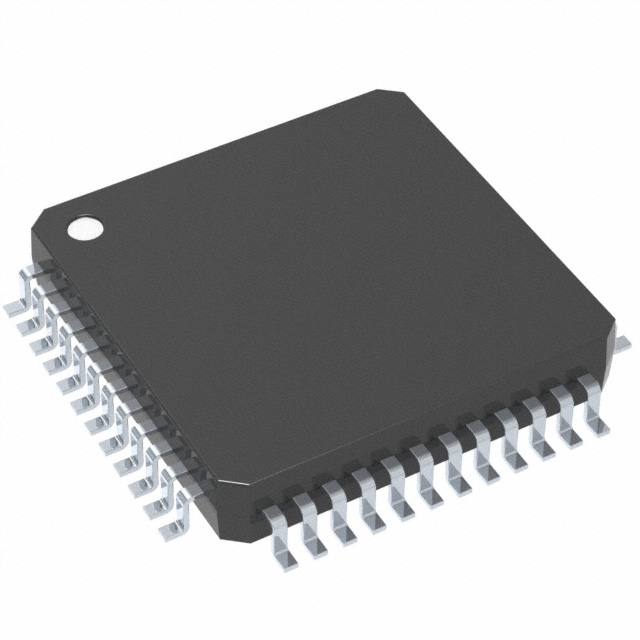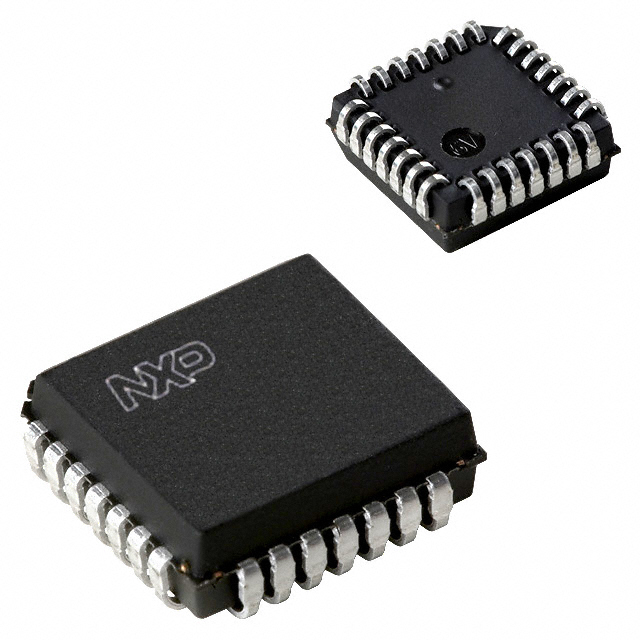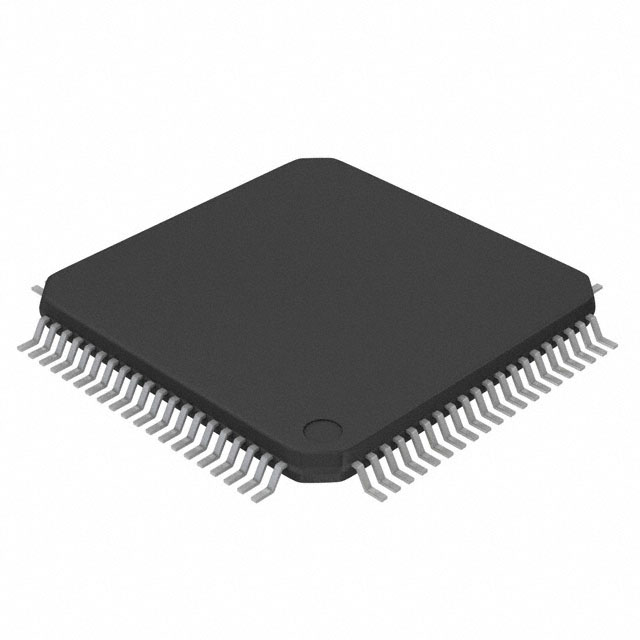R4F20202YFD#U0
Manufacturer No:
R4F20202YFD#U0
Manufacturer:
Description:
IC MCU 16BIT 96KB FLASH 80LQFP
Datasheet:
Delivery:





Payment:




In Stock : 0
Please send RFQ , we will respond immediately.









R4F20202YFD#U0 Specifications
-
TypeParameter
-
Supplier Device Package80-LQFP (14x14)
-
Package / Case80-LQFP
-
Mounting TypeSurface Mount
-
Operating Temperature-
-
Oscillator TypeInternal
-
Data ConvertersA/D 12x10b; D/A 2x8b
-
Voltage - Supply (Vcc/Vdd)2.7V ~ 5.5V
-
RAM Size8K x 8
-
EEPROM Size-
-
Program Memory TypeFLASH
-
Program Memory Size96KB (96K x 8)
-
Number of I/O69
-
PeripheralsDMA, LVD, POR, PWM, WDT
-
ConnectivityI²C, IrDA, LINbus, SCI, SSU, UART/USART
-
Speed20MHz
-
Core Size16-Bit
-
Core ProcessorH8S/2000
-
DigiKey ProgrammableNot Verified
-
PackagingTray
-
Product StatusObsolete
-
SeriesH8S/20203
The P8273-4 integrated circuit chips, also known as the Intel 8273-4, are programmable keyboard/display interface chips. They were commonly used in the 1980s and early 1990s in computer systems to interface with keyboards and displays. Here are some advantages and application scenarios of these chips:Advantages: 1. Simplified Interface: The P8273-4 chips provide a simplified interface between the computer system and the keyboard/display devices. They handle the complex tasks of scanning the keyboard matrix and controlling the display, reducing the complexity of the system design.2. Programmability: These chips are programmable, allowing customization of the keyboard and display functions. They can be configured to support different keyboard layouts, display modes, and control signals, making them versatile for various applications.3. Reduced Hardware Components: By using the P8273-4 chips, the number of hardware components required for keyboard/display interfacing can be significantly reduced. This leads to cost savings, simplified circuit design, and improved reliability.Application Scenarios: 1. Personal Computers: The P8273-4 chips were widely used in early personal computers, such as the IBM PC and its clones. They provided the interface between the keyboard and display subsystems and the computer's central processing unit (CPU).2. Industrial Control Systems: These chips found applications in industrial control systems where keyboards and displays were used for human-machine interface (HMI). They facilitated the integration of keyboards and displays into the control systems, enabling operators to interact with the machines.3. Embedded Systems: The P8273-4 chips were also used in embedded systems that required keyboard and display interfaces. These could include devices like point-of-sale terminals, ATMs, and industrial automation equipment.4. Educational Systems: The programmability of these chips made them suitable for educational systems where different keyboard layouts or display modes were required. They could be easily configured to support specific educational needs.Overall, the P8273-4 integrated circuit chips provided a convenient and flexible solution for interfacing keyboards and displays in various computer systems and other applications.
R4F20202YFD#U0 Relevant information
-

LM3S8538-IQC50-A2
Texas Instruments -

LM3S1937-IQC50-A2
Texas Instruments -

LM3S1637-IQC50-A2
Texas Instruments -

LM3S1635-IQC50-A2
Texas Instruments -

LM3S1332-IQC50-A2
Texas Instruments -

LM3S1165-IQC50-A2
Texas Instruments -

LM3S1162-IQC50-A2
Texas Instruments -

LM3S1133-IQC50-A2
Texas Instruments -

LM3S308-IQN25
Texas Instruments -

P89LPC936FA,529
NXP USA Inc.







